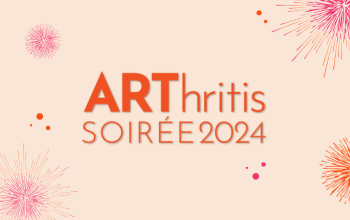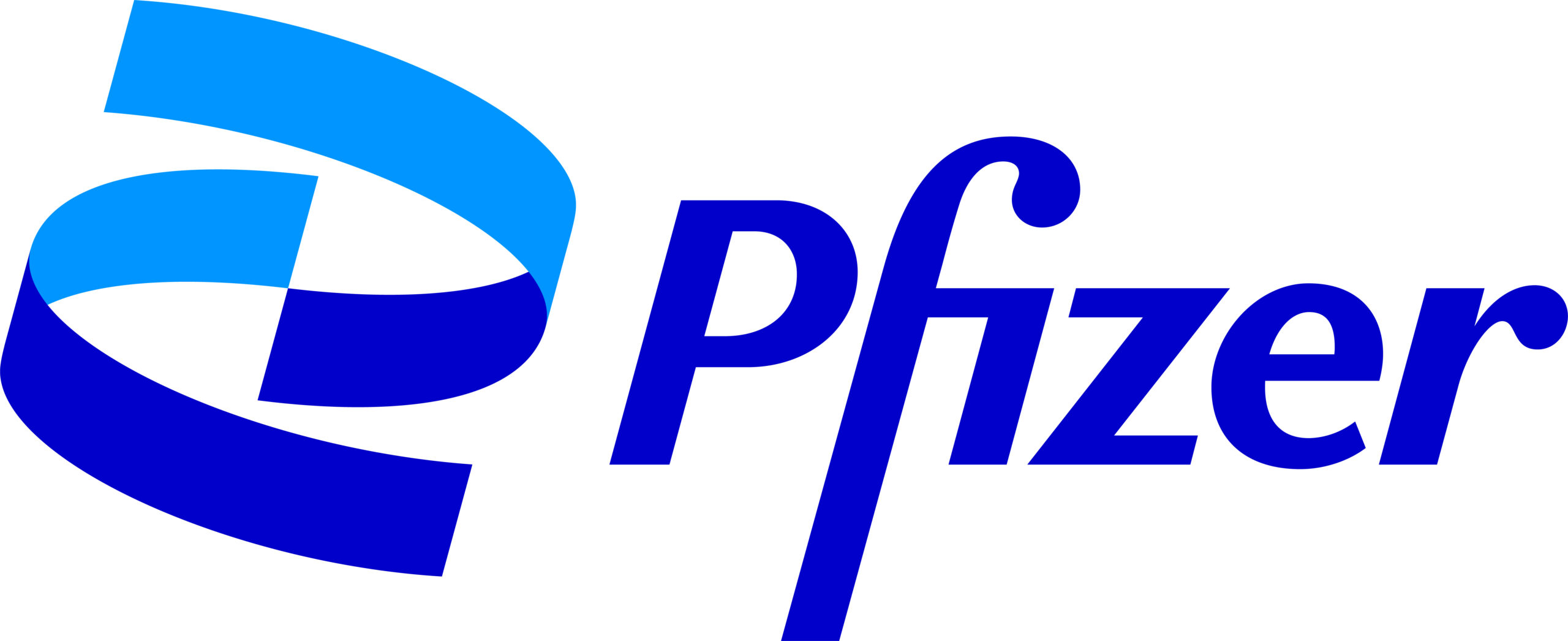The Arthritis Newsletter
Fall 2015An Exciting Discovery A New Pathway that contributes to inflammation in rheumatoid arthritis may lead to new treatments
By Sheila Kerr
Dr. Eric Boilard of Quebec City has made an exciting discovery about how some blood components interact and contribute to inflammation in rheumatoid
arthritis in mice.
The components of blood involved in this pathway to inflammation are:
Blood platelets- colourless blood cells that help blood clot. They don’t have a nucleus.
Microparticles- platelets can create microparticles outside their cells. Microparticles, similar to small packages, can be sent from platelets to other cells
to impact their activities.
Neutrophils- the most common type of white blood cell. Neutrophils are involved in the promotion of inflammation.
Here is how the pathway works, and bear with us because it gets a little technical:
The microparticles associated with platelets can be internalized by white blood cells.
The process of moving microparticles into white blood cells is mostly regulated by signals from a
version of a fatty acid (12(S)HETE). This regulating fatty acid is produced by a secreted protein
(secreted phospholipase A2 IIA (sPLA2IIA), which is found in inflammatory fluids, and a protein
present in microparticles (12lipoxygenase (12LO). These two substances need to act together to
move the microparticles into the white blood cells. This process promotes inflammatory arthritis.
Perhaps understanding this pathway will lead to a new way of treating rheumatoid arthritis. Dr. Paul Fortin of ARC is excited to be working with Dr.
Boilard to explore how this mechanism may work in people with lupus.
While Dr. Boilard’s works shows great promise, it also reminds us that good research takes vision, time and money. Collaboration among researchers
across Canada will facilitate a better understanding of this complex and costly disease.
The article about this work published in the Proceedings of the National Academy of Sciences of the USA can be found at this
link: http://www.pnas.org/content/112/27/E3564.abstract





















































